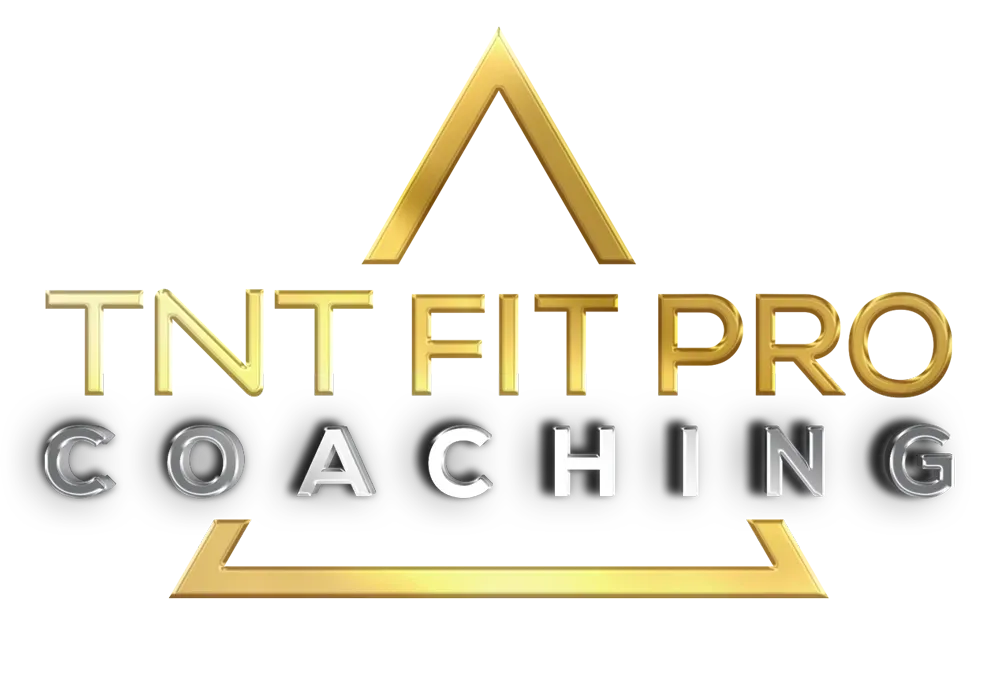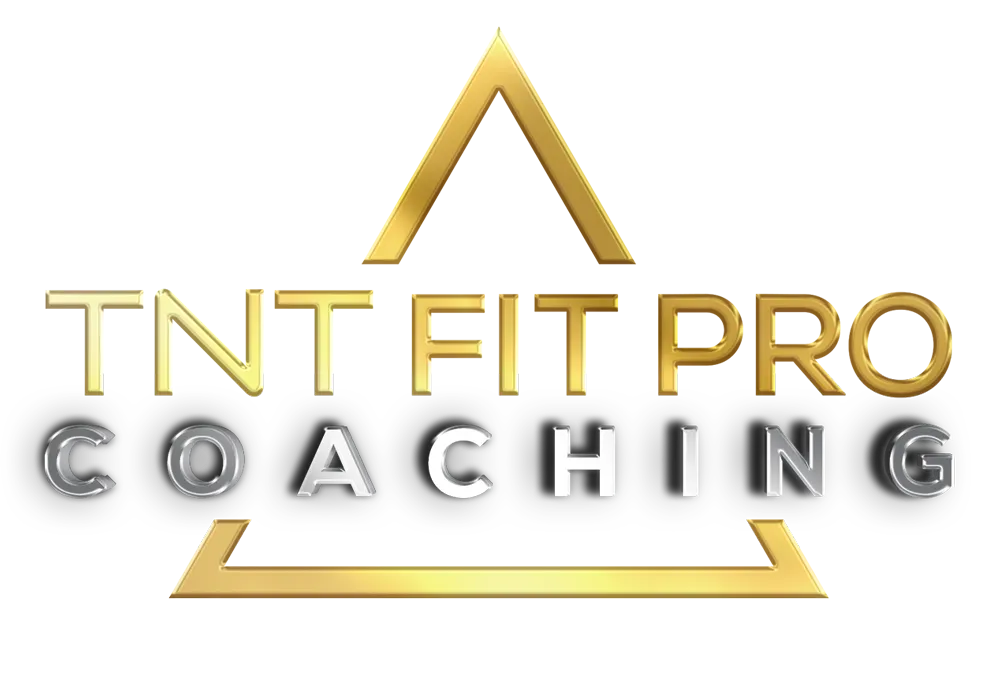
Brand Guide Creation Set Up
TNT Fit Pro places a high priority on starting with a Brand Guide for all our clients. A Brand Guide serves as a critical roadmap in marketing and branding strategy as it defines your brand's identity, voice, look, and feel. It provides a clear set of guidelines on how your brand is presented and communicated to the world, ensuring consistency across all touchpoints. This consistency strengthens brand recognition, builds trust with your audience, and reinforces your brand's message and values.
Creating a Brand Guide is essentially putting down in black and white what your brand stands for, its personality, and how it communicates with its customers. This foundational document serves as the reference point for all content creation, marketing initiatives, and branding efforts, ensuring that everything aligns with your brand's unique identity.
To begin creating your Brand Guide in the Google Doc template provided: https://docs.google.com/document/u/1/d/19nh4M9NoeGv1omUWLFf-6ZfDVhcEpZmqmT_O42vQET8/copy?usp=sharing
Is you write out your thoughts and answer the questions in the Google Doc first, simply come back and past the answers.
Remember, the Brand Guide is a living document that can be updated or changed as your brand grows and evolves. It serves as the touchstone for your branding and should be referenced often to ensure brand consistency.
Here are some examples of rules or preferences for logo usage:
Color: Please use the logo in its original colors. If the logo needs to be monochrome due to design constraints, please use the black-and-white version provided.
Size: Don't resize the logo to a point where it becomes pixelated or its elements aren't clearly visible. Always maintain the proportions when resizing.
Background: The logo should always be placed on a contrasting background to ensure clarity and visibility. Avoid placing the logo over busy backgrounds.
Spacing: Always maintain adequate space around the logo. Nothing should touch or overlap the logo.
Integrity: The logo should not be flipped, rotated, distorted, or altered in any way that may change its original design.
Typefaces: Don't add any new typefaces to the logo. If the logo text needs to be translated, please ask for a revised logo.
A tagline is a short, catchy phrase that encapsulates a brand's essence, mission, and values. It's a powerful marketing tool used to communicate the brand's message in a memorable and concise way.
For example, let's take Nike's tagline "Just Do It." These three simple words inspire action and resilience, encouraging the audience to overcome their obstacles, which aligns perfectly with Nike's mission of bringing inspiration and innovation to every athlete in the world.
Essentially, a tagline should be easy to remember, give a sense of what the brand stands for, and set the brand apart from its competitors. It's like a mini-mission statement that consumers can connect with on an emotional level.
Vision: This is the overarching goal of the brand. It’s an aspirational statement that depicts where the brand wants to be in the future. It's the ultimate impact the brand wants to have on the world. For instance, a fitness company’s vision might be "to build a healthier, more active world."
When writing a vision statement, consider the following questions:
What impact do you want your brand to have in the future?
How do you envision your brand evolving?
What's the ultimate goal that you want your brand to achieve?
Mission: The mission statement is the roadmap to the vision. It explains what the brand does, why it does it, and for whom. A mission statement is meant to guide the brand’s actions, decisions, and strategies. For example, a fitness company’s mission could be "to provide innovative, effective, and accessible fitness solutions for people of all fitness levels."
When crafting a mission statement, think about:
What is your brand's purpose?
Why does your brand exist?
Who does your brand serve?
Understanding the brand's vision and mission is a vital first step in building a strong brand identity. These two elements provide a sense of direction and create a foundation for all future branding decisions.
Examples:
When incorporating images into Our marketing materials, please focus on capturing the genuine spirit of our studio - emphasizing the relaxed and welcoming atmosphere. Highlight moments of connection and camaraderie, especially among our core demographic of 35-55-year-old working moms.
Additionally, include visuals of young children to represent the heart of our Mums & Bubs classes. If opting for stock photography, ensure the images align with the age ranges of our clientele, promoting authenticity and resonance with our community
By signing below, I FULLY UNDERSTAND the following;
1. All Project Requests are in a review process for 24-48 hours upon submission.
2. All Project Requests will typically be broken down into multiple Projects to be properly completed.
3. Each Project is allotted a 1 to 10 business day timeframe for completion once set to Priority 1 Status and Started date set.
4. Your Virtual Specialist Team will only work on 1 Project at a time, that is set to 1st Priority. Depending on the scope of work there could be multiple team members working the project at 1 time. However this is not always required.
Example timeframe expectation: If the Project submission needs to be broken down into multiple PROJECTS, for example most Course Builds will be 2-4 projects.
Project 1 Create Content for the course,
Project 2 Build the Course,
Project 3 Build a landing page to sell the course,
Project 4 Build the Workflows and Automations to connect the course to everything. .
This means the project can take 4-40 business days to complete depending on the depth of work.
Your Virtual Specialist Team will focus on 1 Project at a time, so we can complete them in a timely manner. If you would like muliple projects going at 1 time we can add additional subscriptions at a discounted rate of 10%.
